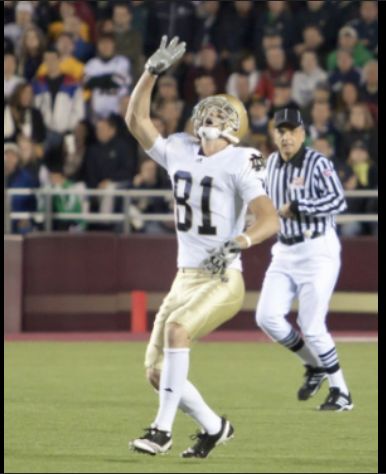It is very common to see punt returners signal for a fair catch. For new fans of the NFL, perhaps the rule can be a bit confusing.
So, what is a fair catch? When can players call for one and what does it mean for the kicking team?

What Is a Fair Catch?
A fair catch is a rule implemented for player safety. It’s designed to allow a kick returner to catch a kickoff or a punt without any risk of being hit by a defender.
According to the NFL rulebook, “A fair-catch signal is valid if it is made while the kick is in flight by a player who fully extends one arm above his helmet and waves it from side to side. A receiver is permitted to legally raise his hand(s) to his helmet to shield his eyes from the sun, but is not permitted to raise them above his helmet except to signal for a fair catch.”

When a player signals for a fair catch, the play is over once the player catches the ball. His team’s offense will begin their drive at the spot on the field in which the ball was caught. A fair catch in the end zone results in a touchback. However, a valid fair-catch signal does not protect a player from failing to properly field the kick.
Even in the event of a valid fair-catch signal, if the returner muffs the kick, it is considered a live ball and can be recovered by either team.
What Happens If the Kicking Team Does Not Allow the Returner To Catch the Ball?
Just because a player signals for a fair catch does not mean the kicking team will necessarily allow the player to catch the ball. If the kicking team attempts to tackle a returner after a valid fair-catch signal, that is a penalty, which is assessed 15 yards from the spot of the foul.
This penalty will also be assessed even if the returner does not signal for a fair catch, but only if contact is initiated by the kicking team before the ball touches the returner.

